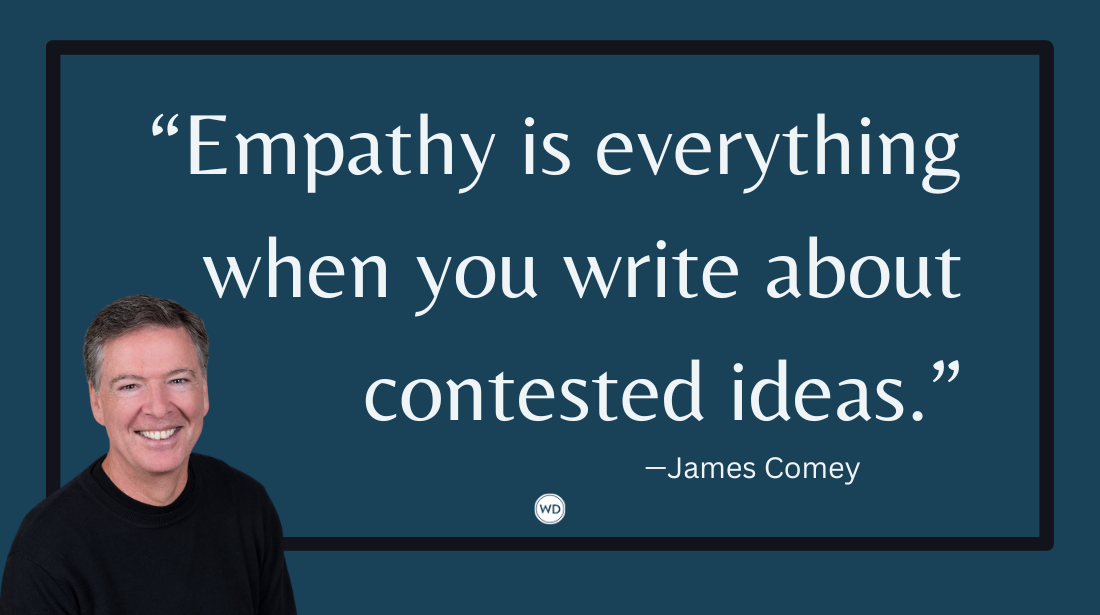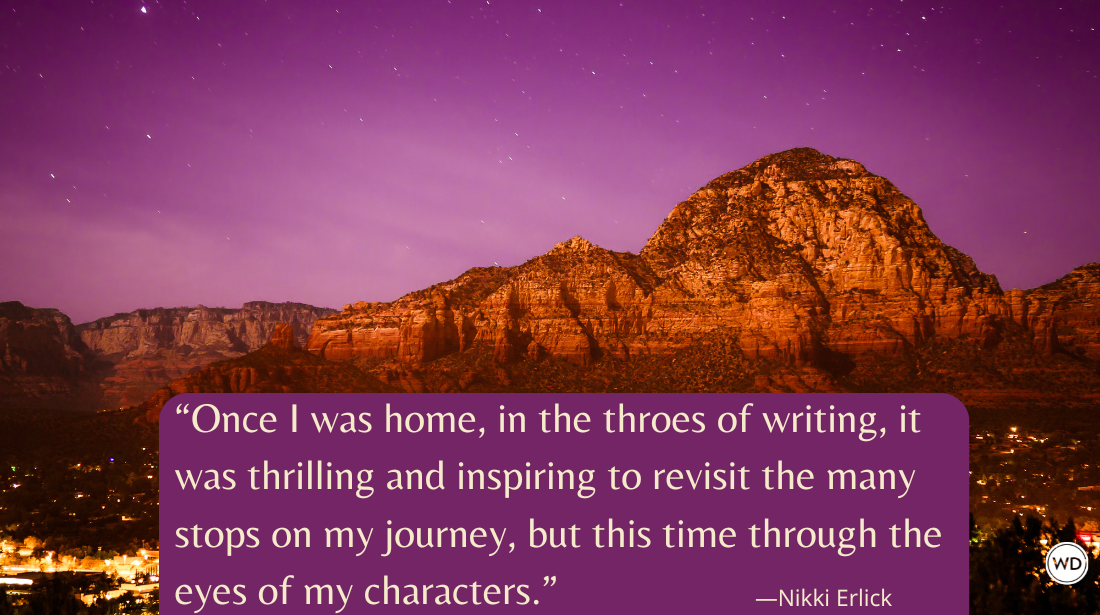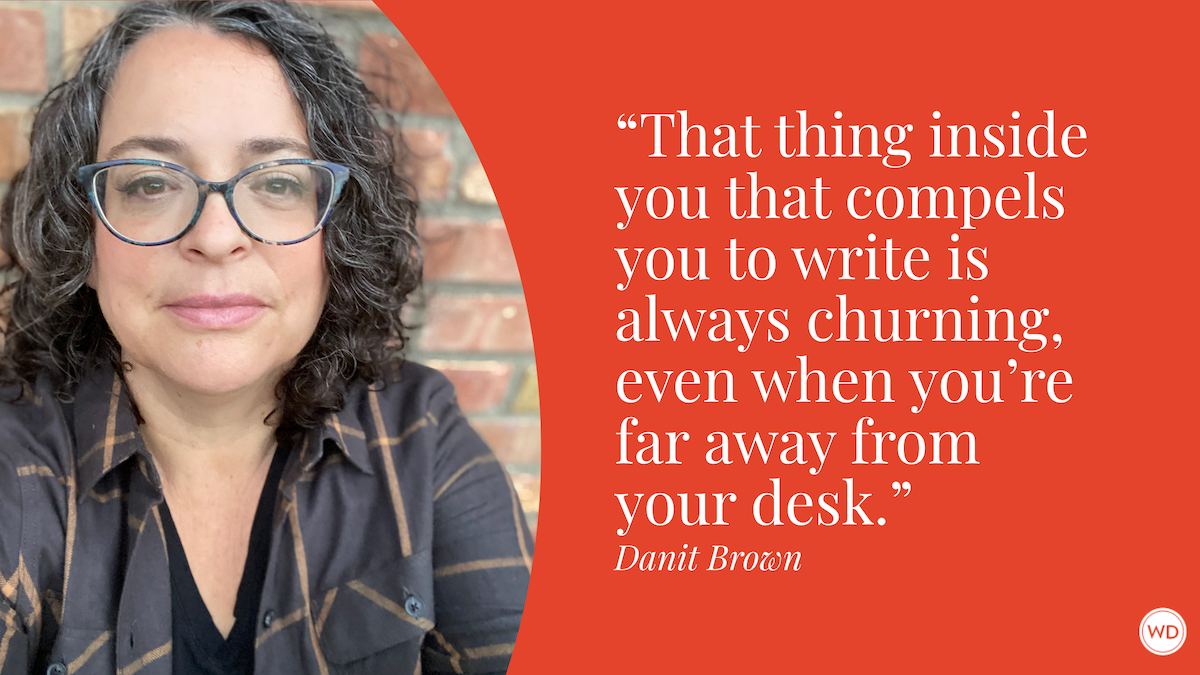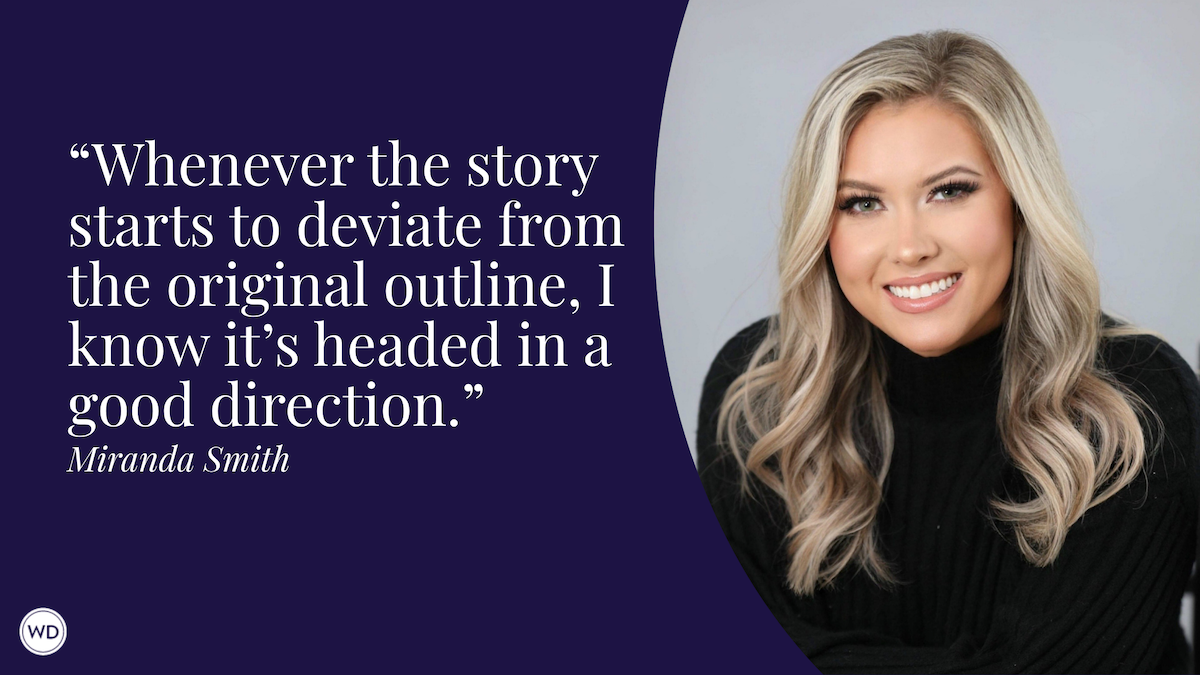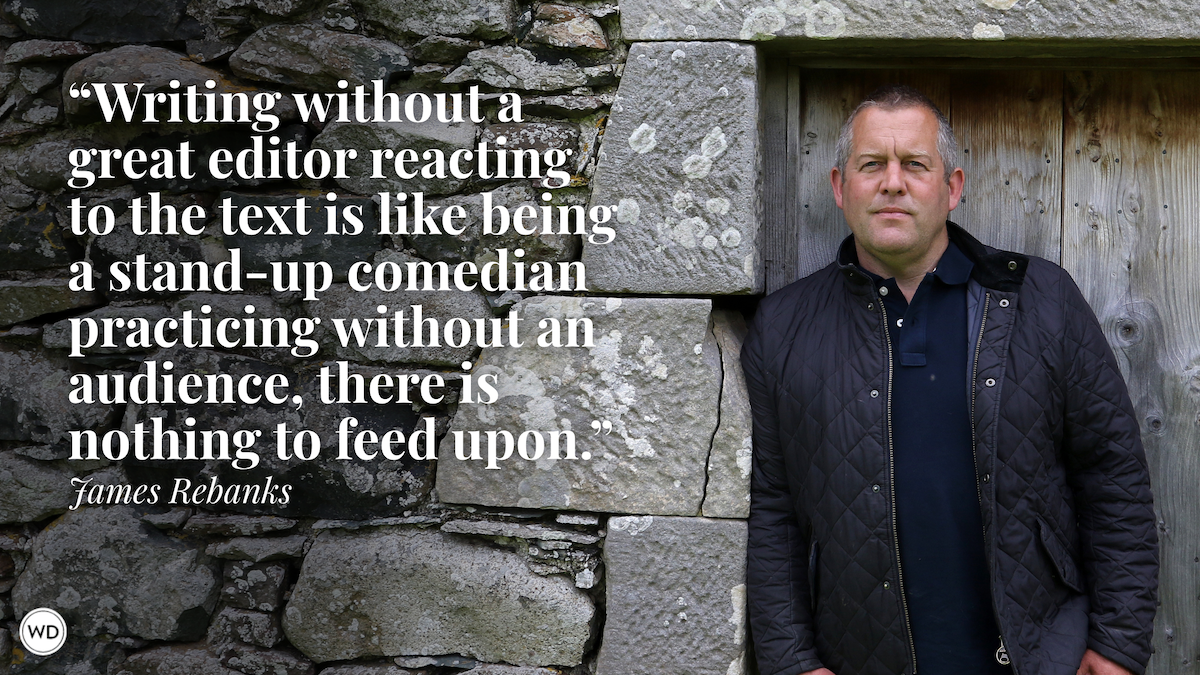9 Weird Ways to Unstick Your Writing
Bestselling author Lisa Rogak shares nine weird ways to unstick your writing in even when you feel stuck in a rut.
Even though I've trained myself to don the blinders and put butt in chair to meet a hard-and-fast deadline, I still get stuck despite years of experience. Some writing coaches suggest the best way to get unstuck is to take a break, but when editors, publishers, and printers are waiting for your words—and you need to receive the next advance check yesterday—then taking a break is out of the question.
I’m not talking about writer’s block, that’s a completely different animal. Instead, I’m talking about when your writing gets stale, when you know you’re just phoning it in, and when writing just one more word feels like dragging yourself through quicksand.
After writing hundreds of magazine and online articles and more than 40 books, I’ve developed a few tricks to pull out of my sleeve when I get stuck. Here are nine that I've used to dig myself out of countless writing holes.
Change Your Tool.
We tend to associate certain kinds of applications with specific kinds of writing: A Word document is for a manuscript, reportorial in tone, while email is more casual and folksy. So instead of writing in a Word document, try writing by hand with a pen or pencil, in an email, or in an online template like Substack. You can also change the font in a Word document or even try writing in ALL CAPS.
One day when I was working on a Substack post, an idea for a scene for my memoir popped into my head, and for some reason it was too much trouble to open up Word so I just kept going in Substack. Before I knew it, I had a rough scene pretty much sketched out. The scene sounded much livelier than if I had written it in Word. In fact, I later discovered that I had actually written the same scene before in Word, and when I compared the two, the one in Substack had more energy and was more personal than the scene I had written in Word.
Change Your Tense or POV.
If your story is in past tense, switch to the present. Or if you're working on a personal essay and get stuck because you’re writing about a difficult part of your life, try the third person so you can gain a bit of distance. A while back I took a workshop with memoirist Elissa Altman, and she suggested this exercise for revision drafts: First switch the tense, and then shift the POV.
I’ve never liked reading essays or entire books in the second person—I’m looking at YOU Bright Lights, Big City—so I had a natural resistance to it. But then I tried it, and when Elissa asked how it went, I said it felt like I had stuck my finger in an electric socket. The language felt so utterly alive on several different levels, like I was accusing someone/myself of something. Indeed, in a way, I was addressing the ME I’ve always shied away from. But it was also electrifying because it was something I’d never tried before.
As a variation on the theme, if you find writing in the first-person to be too squirmy, try the third person instead. Again, it just may provide enough distance for you to write about the very things you shy away from.
Change Your Venue.
Humans crave new experiences. If you eat the same thing every day and go to the same job every day, you—and your brain—will soon get stale, and your writing will be more likely to get stuck, too. Sometimes a change in location is the most effective way to spark life into your writing. If you usually write at home with no one around, go to a coffee shop or the library. Or vice versa.
Write Like You’re Watching a Movie.
Whether you’re writing a straightforward article or a listicle, you can inject some energy into your writing by bringing the five senses into play. Even a brief mention of the color of a car or the way the room smelled like fresh paint can do wonders.
I did just that when writing a scene for Propaganda Girls, my book about four women who worked for the OSS during World War Two, including Marlene Dietrich. When I got stuck writing a scene where she was in a recording studio, singing songs that would be beamed into Germany, I drew upon my own childhood memories of dozens of nightclub scenes from the 1940s movies that my older relatives watched. When I closed my eyes and pretended that I was watching those movies, the scene wrote itself.
Speak Your Story Out Loud.
Just as changing the tools you use can help you get unstuck, speaking your story aloud can help spark new ideas and directions. Microsoft Word and Google Docs both have a dictation function, or else you can talk your story into an email. Plenty of dictation apps exist as well, from TurboScribe to Nuance Dragon Professional Anywhere.
It can also be effective to combine this tip with Change Your Venue: A writer friend says that when she gets stuck she heads outside for a walk and speaks her story into her phone and that it flows effortlessly.
Write About Feeling Stuck.
When I taught writing classes years ago, I'd tell students to just write "I don't know what to write about" and then keep repeating the phrase. Pretty soon they'd get sick of writing the same thing over and over again and veer off into new territory.
Pretend You’re Someone Else.
We all have different voices, both spoken and written—for instance, Martha Stewart sounds a lot different from Snoop Dogg—and this is obviously reflected in our writing. So if you feel stuck, try channeling another person to write your story.
Maybe Martha or Snoop, or your sister, or that guy at the convenience store who always makes you feel a bit uncomfortable. By using a different persona, your words will not only come out differently, but your topic will probably do so as well, leading to new insights that wouldn’t have come up before.
Draw Up an Outline.
Some writers may already have this one covered, but if you’re flying blind—which is what I often do because I want to see where my pencil takes me—sometimes it helps to create a road map to follow. An outline doesn’t have to be anything formal, a bullet-point list of the topics you want to cover in your article or story is sufficient, or the people you want to include in a scene.
Lastly, Write the Ending First.
There’s an old adage that goes If you don’t know where you’re going how do you know how to get there?
For some people, truer words have never before been spoken; after all, the topic and title of your piece is not necessarily how you’ll wrap everything up. So try to write the last paragraph—maybe using a humorous quote or surprising fact—and then either start from the beginning or work your way backwards from your ending. You may also want to combine this with Draw Up an Outline above.
Check out Lisa Rogak's Propaganda Girls here:
(WD uses affiliate links.)



